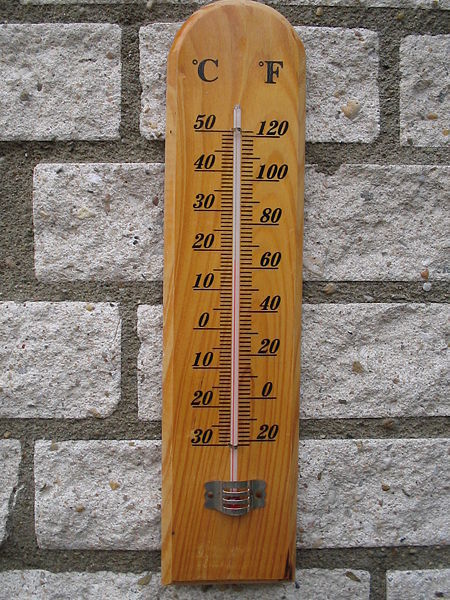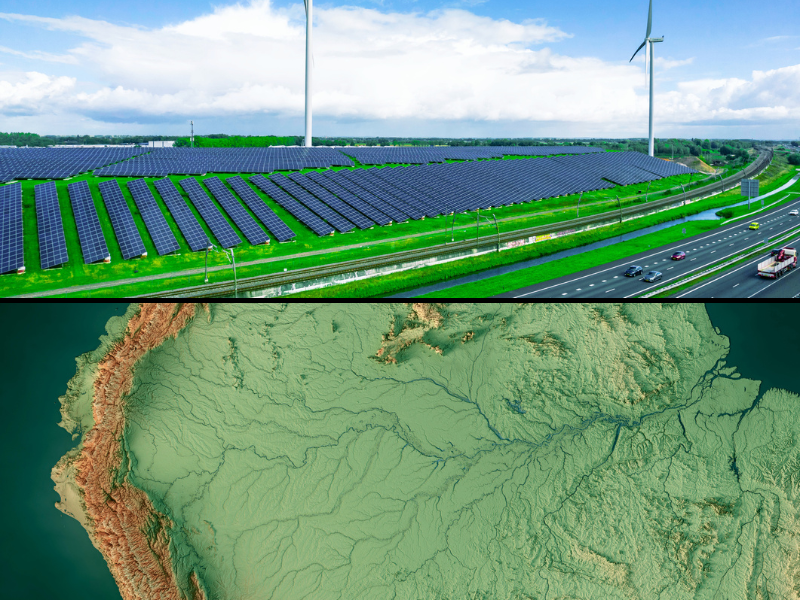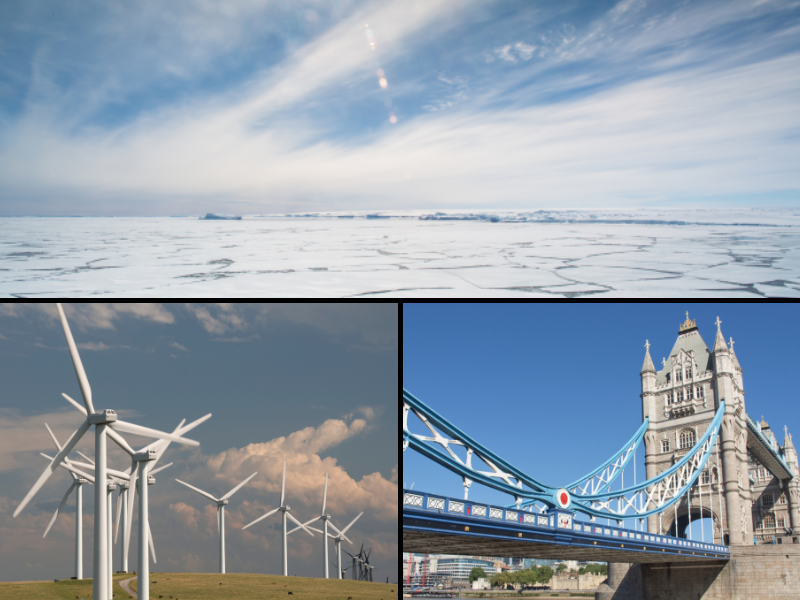On Nov. 2, the Intergovernmental Panel on Climate Change (IPCC) released its “2014 Summary for Policymakers.” This report has been described as the starkest warning yet about the need to dramatically reduce greenhouse gas emissions or face “the chaos of runaway climate change,” despite the scientific fact there has been no significant increase in the average global temperature since 1998.
Unfortunately, rather than acknowledge the current limitations of computer models to predict future temperatures accurately, the IPCC has doubled down by advocating unrealistic energy policies that will have devastating effects on consumers and drastically change our lives.
First, the science: Many people still don’t realize peer-reviewed, scientific literature has found there has been no significant global warming since Seinfeld aired its final episode in 1998, even though nearly half of all manmade greenhouse gas emissions have occurred since 1990. Additionally, the computer models used by the IPCC to predict temperatures over the past 20 years have been woefully inaccurate, and as a result, the models have predicted warming would be four times higher than the actual observed temperatures.
Even though the IPCC has historically failed to predict future temperatures accurately, it is somehow more certain than ever before that human activity is the driving force behind the changing climate, and humanity must act fast to curb our emissions of carbon dioxide or face dire consequences.
Speaking of dire consequences, what would happen if you used a meat thermometer as accurate as the IPCC computer models for the preparation of your turkey this Thanksgiving? The U.S. Department of Agriculture has determined a whole turkey is safe when cooked to a minimum internal temperature of 165 °F as measured with a food thermometer. Using your trusty IPCC-calibrated meat thermometer, your family would be carving up the turkey once the bird reached 41.25°F, just warm enough for bacteria like Campylobacter and Salmonella to flourish, sending your loved ones home with a case of food poisoning.
This comparison is admittedly a little silly, but it serves to demonstrate that negative consequences occur when policymakers use bad data and inaccurate assumptions to make real-world decisions. Problems will also arise if we allow the IPCC’s flawed computer models to influence our energy policy.
IPCC leaders tell us we must rapidly abandon energy sources such as coal, natural gas, and oil in favor of intermittent renewable energy sources or face a climate crisis, claiming “we have the means to limit climate change” and “all we need is the will to change.” The problem is that this just isn’t true.
In the United States, 80 percent of the energy we use comes from coal, oil, and natural gas. Despite government mandates and billions of dollars in subsidies, wind and solar power make up just a tiny fraction of our energy production. In fact, in 2011, wind and solar made up just 1.17 percent and .18 percent of the total energy produced. These two highly subsidized energy sources together produced less energy than burning wood, which produced 1.98 percent of the energy consumed in the United States. Wind and solar are also unreliable, producing electricity only when the sun is shining or the wind is blowing. Without large-scale storage, which is estimated to be decades away, these sources of energy are simply not viable alternatives to fossil fuels for our energy needs, no matter how “certain” IPCC reports may claim to be.
Understanding climate science is an important part of planning for the future. Using reports that overestimate certainty while ignoring the growing scientific evidence that suggests the climate is less sensitive to increases in carbon dioxide emissions than policymakers generally assume is not helpful in this pursuit.
To make the right decisions about the best ways adapt to climate variability, we must use the best available science to act as our guide. Using inaccurate climate models is as foolish as using a bad meat thermometer to decide when your food is safe to eat.





